Description
LoRa-based Renewable Energy Monitoring System Using Raspberry Pi
ABSTRACT:
Renewable Energy Monitoring – As a result of the response to the COP21, various renewable energy plants have been globally developed from conventional fossil fuel-based power generation plants. However, such renewable energy sources are difficult to operate in a planned schedule and have unstable output due to unpredictable environmental conditions such as the weather. It is possible to manage the power generation system more stably by collecting, analyzing, and responding to the information on continuous power generation status, and the accumulated data provides an advantage for predicting future power generation and optimal maintenance. This improved stability has also contributed to grid reliability and flexibility. In this paper, we propose implementation methods to effectively construct an energy monitoring system that is based on open IoT hardware and software platforms for economic system construction. Lora supporting low-power long-distance networks is applied through low-cost solutions. Lora-based Renewable Energy Monitoring System Using Raspberry Pi
LoRa-based Renewable Energy Monitoring System Using Raspberry Pi
INTRODUCTION:
In this project, a renewable power generation system is monitored through a number of sensors. The main parameters that need to be monitored here are energy produced; this can be calculated by measuring current and voltage. Using current and voltage values, the energy produced can be easily calculated. Here we can use any type of embedded controller, in this, we can use the Arduino (Node MCU) and Python (Raspberry pi) platforms for our development. Since Arduino (Node MCU) and Python (Raspberry pi) and python is the open-source platform this makes the project more financially feasible. indoor LoRa devices may still be unable to communicate wirelessly with a nearby GW, due to obstacles between sensors, which can attenuate wireless signal strength and result in data losses and communication errors. Lora-based Renewable Energy Monitoring System Using Raspberry Pi
LoRa based Renewable Energy Monitoring System Using Raspberry Pi
EXISTING SYSTEM:
- Unmonitored power generation systems
- Local monitoring systems
DISADVANTAGES:
- In unmonitored power generation systems, we can’t able to know what is happening in that system, anything may happen like a short circuit, overflow, etc..,
- Local monitoring is used within a range it is the main drawback of this project
- Renewable energy sources are difficult to operate in a planned schedule and have unstable output due to unpredictable environmental conditions such as the weather.
- Not for large data payloads, payload limited to 100 bytes
LoRa – based Renewable Energy Monitoring
PROPOSED SYSTEM:
Renewable Energy Monitoring In this system we propose a monitoring system for renewable power generation systems. Here we are using LoRa communication for interconnecting all the different nodes. The current sensor and voltage sensor are used for monitoring the power produced, this data is transmitted to a remote collecting node for further analysis. Here we use IoT for further remote data access. The Arduino (NodeMCU) and Python (Raspberry pi) platforms are used for developing the project.
ADVANTAGES:
- It is a cost-efficient renewable energy monitoring system,
- Using IoT in this project is the main advantage, so we can get the status of the system at any place in the world
- An advantage of predicting future power generation and optimal maintenance.
- Advantages? easy deployment real-time accessibility, low deployment, and a device that has a wireless connection and can be powered by using a solar panel.
- Accuracy of output is increased
- Lora’s long-range communication is used
LoRa-based Renewable Energy Monitoring System Using Raspberry Pi
BLOCK DIAGRAM:
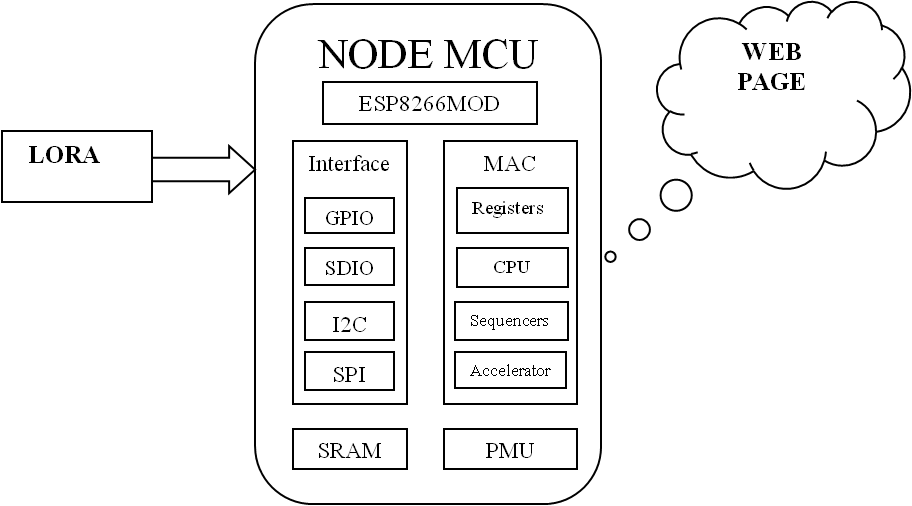
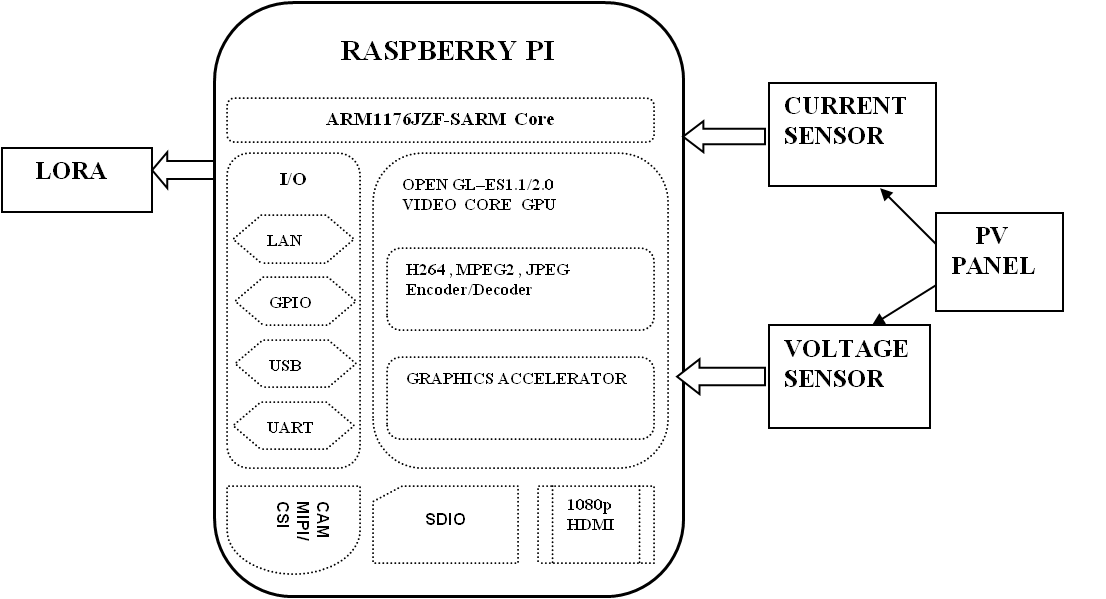
BLOCK DIAGRAM DESCRIPTION:
- Here in the sensor node, Raspberry pi is used
- Both sensors are connected to Raspberry pi through an analog interface (ADC)
- Lora is connected through the serial interface
- In the data node Node, MCU is used because we need to connect this node to cloud
- Receiver LoRa is connected to this nodemcu
LoRa based Renewable Energy Monitoring System Using Raspberry Pi
HARDWARE REQUIREMENTS:
- Raspberry pi
- Node cu ESP8266
- Lora
- Current sensor
- Voltage sensor
- PV panel
- ADC
SOFTWARE REQUIREMENTS:
- Arduino IDE
- Python IDE
- Raspberry pi OS: Raspbian stretch
- Programming language: Embedded C, Python
REFERENCES:
- Y. Cheng et al., iCloud: A cloud-based air-quality monitoring system for everyone, in Proc. SenSys, Nov. 2014, pp. 251? 265.
- J. Shah and B. Mishra,IoT enabled environmental monitoring system for smart cities,? in Proc. Int. Conf. Internet Things Appl. (IOTA), Jan. 2016, pp. 383? 388.
- B. Ando, S. Baglio, A. Pistorio, G. M. Tina, and C. Ventura, Sentinella: Smart monitoring of photovoltaic systems at panel level,? IEEE Trans. Instrum. Meas., vol. 64, no. 8, pp. 2188?2199, Aug. 2015.
- G. Mois, S. Folea, and T. Sanislav, Analysis of three IoT-based wireless sensors for environmental monitoring,? IEEE Trans. Instrum. Meas., vol. 66, no. 8, pp. 2056?2064, Aug. 2017.
- Sigfox. (2017) Sigfox The Global Communications Service Provider for the Internet of Things (IoT). Accessed: Sep. 2, 2017. [Online]. Available: https://www.sigfox.com/en

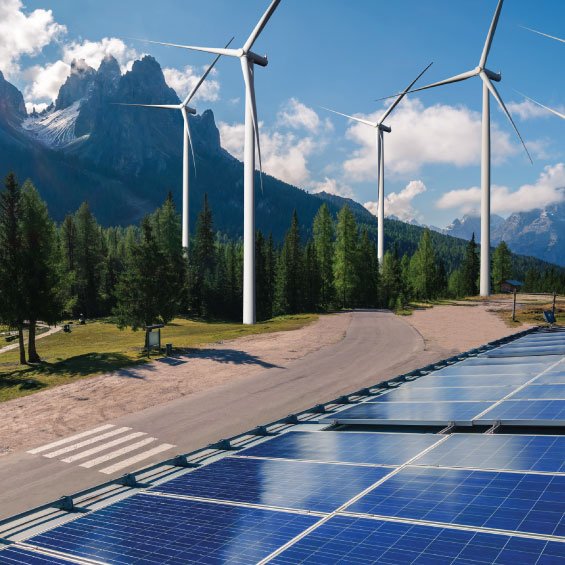
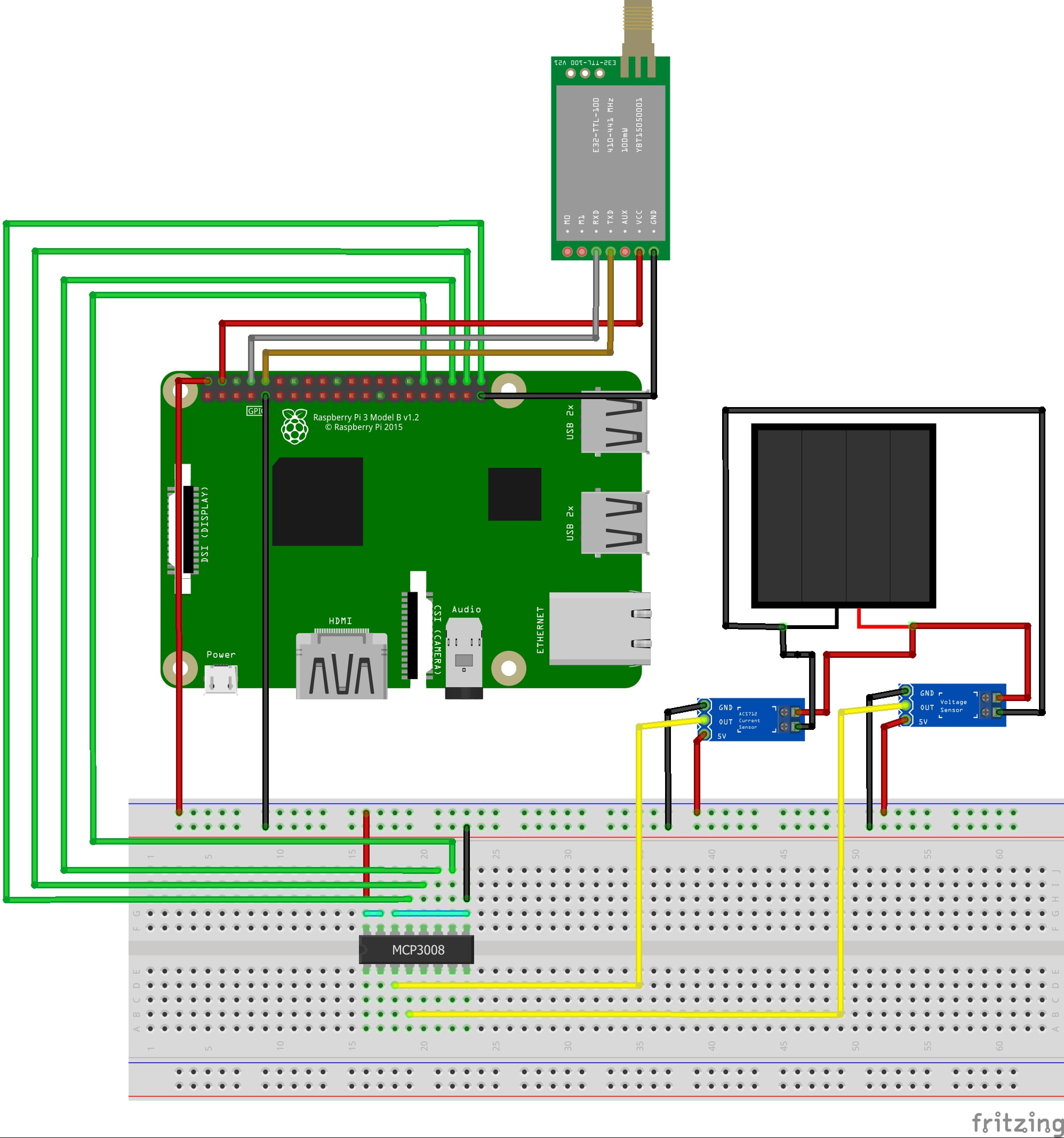
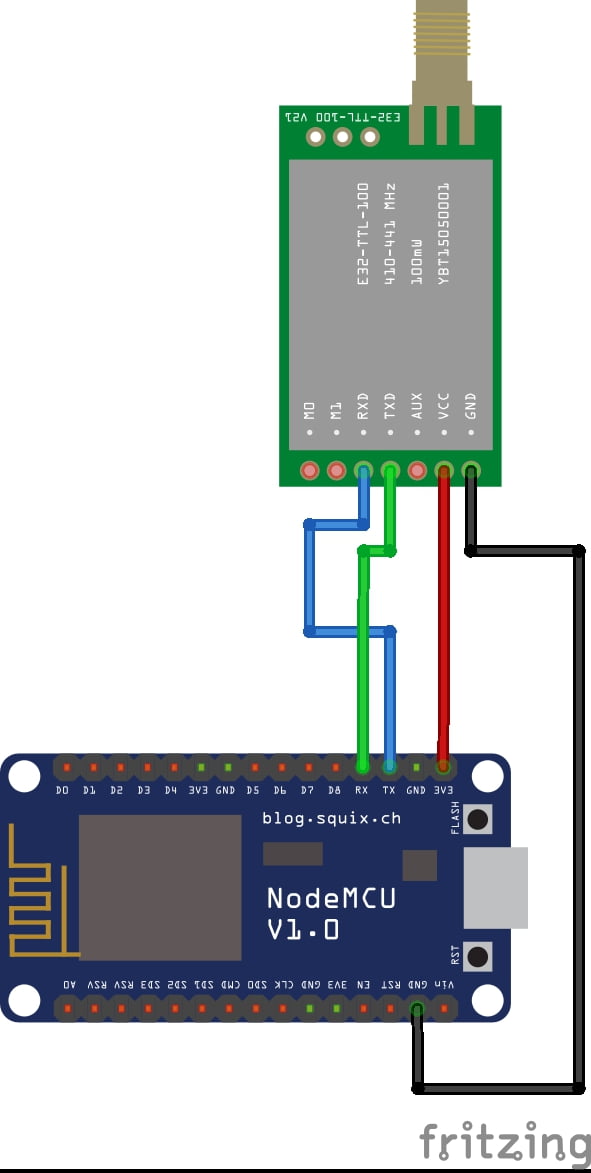

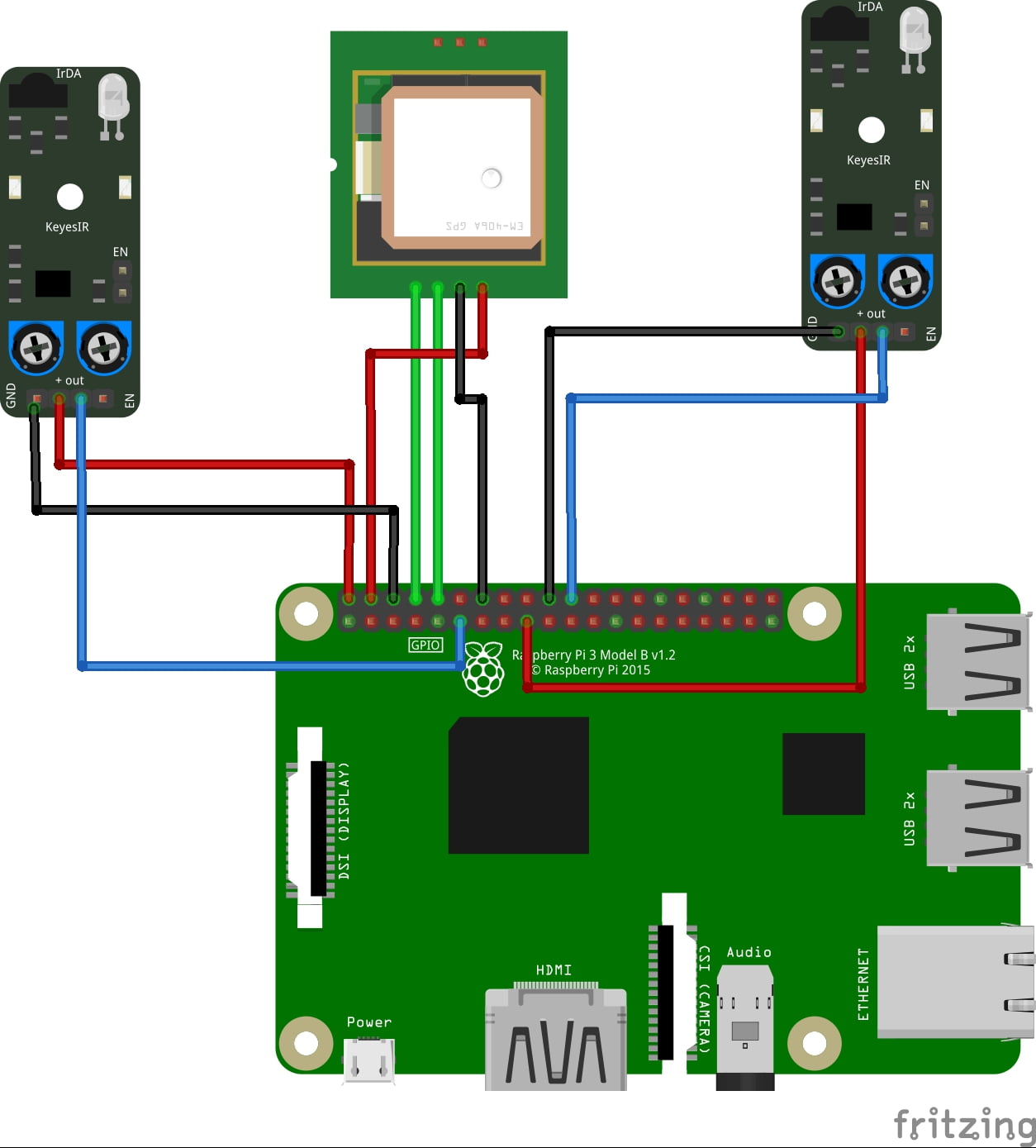































































































































































































































































































































































































































































































































































































































































































































































































































































































































































































































































Customer Reviews
There are no reviews yet.